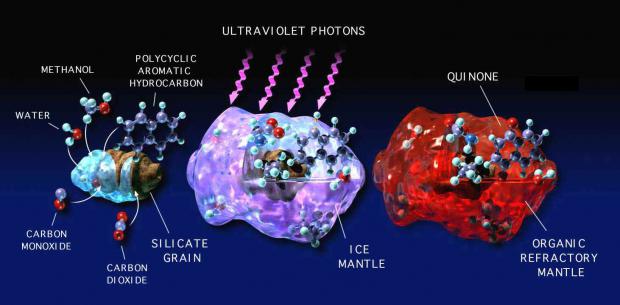
Breaking News
6.5x55 Swedish vs. 6.5 Creedmoor: The New 6.5mm Hotness
Best 7mm PRC Ammo: Hunting and Long-Distance Target Shooting
 Christmas Truce of 1914, World War I - For Sharing, For Peace
Christmas Truce of 1914, World War I - For Sharing, For Peace
Top Tech News
 EngineAI T800: Born to Disrupt! #EngineAI #robotics #newtechnology #newproduct
EngineAI T800: Born to Disrupt! #EngineAI #robotics #newtechnology #newproduct
 This Silicon Anode Breakthrough Could Mark A Turning Point For EV Batteries [Update]
This Silicon Anode Breakthrough Could Mark A Turning Point For EV Batteries [Update]
 Travel gadget promises to dry and iron your clothes – totally hands-free
Travel gadget promises to dry and iron your clothes – totally hands-free
 Perfect Aircrete, Kitchen Ingredients.
Perfect Aircrete, Kitchen Ingredients.
 Futuristic pixel-raising display lets you feel what's onscreen
Futuristic pixel-raising display lets you feel what's onscreen
 Cutting-Edge Facility Generates Pure Water and Hydrogen Fuel from Seawater for Mere Pennies
Cutting-Edge Facility Generates Pure Water and Hydrogen Fuel from Seawater for Mere Pennies
 This tiny dev board is packed with features for ambitious makers
This tiny dev board is packed with features for ambitious makers
 Scientists Discover Gel to Regrow Tooth Enamel
Scientists Discover Gel to Regrow Tooth Enamel
 Vitamin C and Dandelion Root Killing Cancer Cells -- as Former CDC Director Calls for COVID-19...
Vitamin C and Dandelion Root Killing Cancer Cells -- as Former CDC Director Calls for COVID-19...
 Galactic Brain: US firm plans space-based data centers, power grid to challenge China
Galactic Brain: US firm plans space-based data centers, power grid to challenge China
Icy molecules hold 25,000 gigabytes in a space the size of a quarter

This research could lead to new, high-density data storage systems that potentially can hold more than 25 terabytes of data per square inch. That's around 25,000 gigabytes on something as small as a quarter.
Magnetism is the underlying force that most modern hard disk drives use to store data. Magnetic grains, typically 10 to 20 nanometers in size, are used to encode a single bit of data. These tiny magnetic grains are flipped to either north or south to represent a 1 or a 0. The memory effect, where a material retains its alignment after a greater magnetic field is removed, is called magnetic hysteresis.
The big challenge scientists have faced in developing even smaller data storage systems is that single molecules tended to not achieve magnetic hysteresis unless kept at incredibly cold temperatures. The previous temperature record for achieving magnetic hysteresis on a molecular level was -259 °C. The economics in creating a functional molecular data storage system at that temperature were never particularly practical, as it would require an expensive liquid helium cooling system.

 The State's Last Stand
The State's Last Stand


